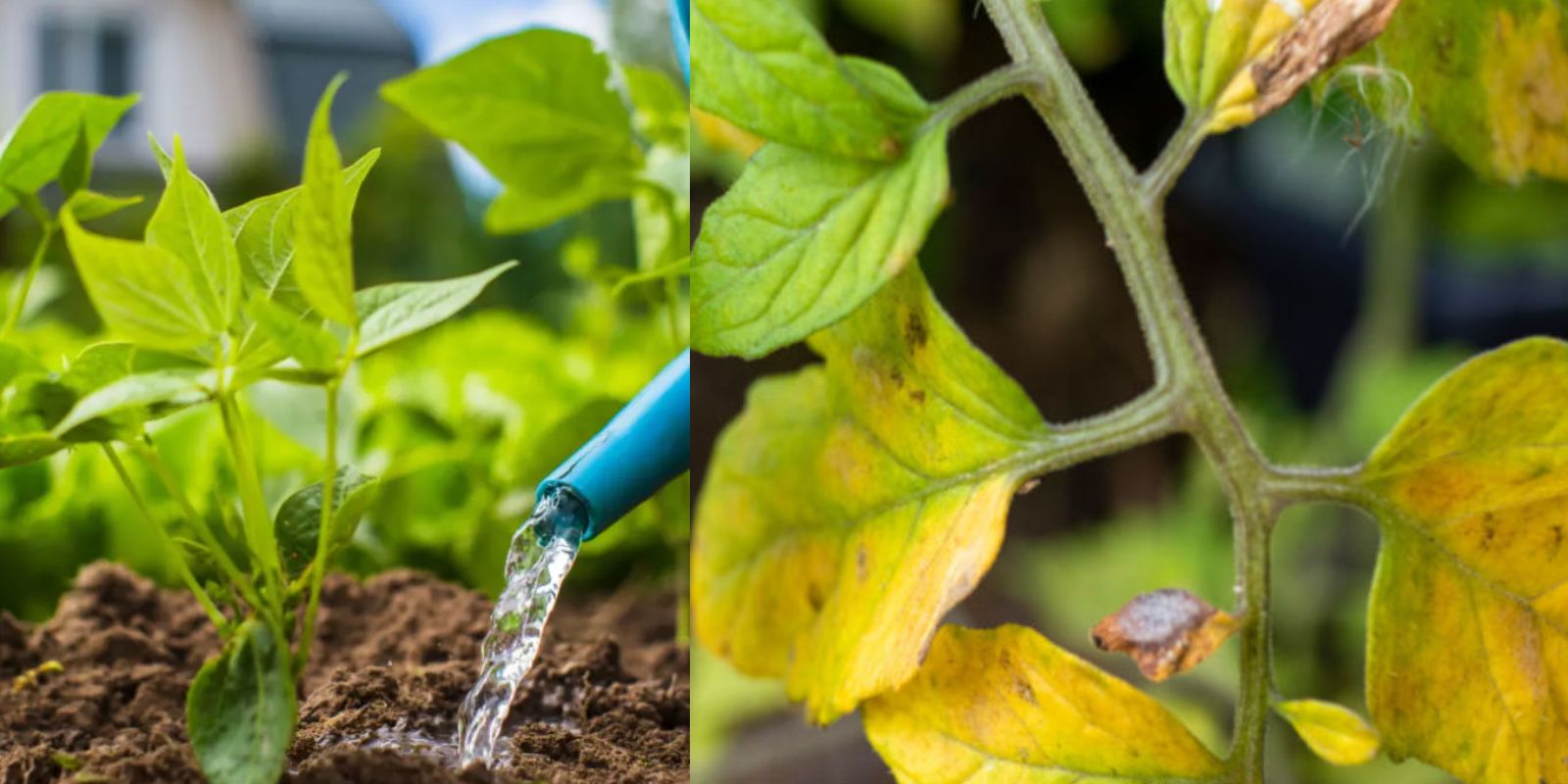Watering is one of the most fundamental aspects of garden care, but it’s also where many gardeners falter. Mistakes in watering practices can lead to a range of problems, from stunted growth to plant diseases and poor yields. Understanding and avoiding common watering mistakes can significantly improve the health and productivity of your garden. This article will highlight the three biggest garden watering mistakes and provide actionable tips on how to avoid them, helping you achieve a thriving and vibrant garden.
Mistake 1: Overwatering
The Issue:
Overwatering is one of the most common mistakes gardeners make. While it may seem like more water would be better for plants, too much water can suffocate the roots, leading to root rot and other serious problems. Overwatered soil becomes waterlogged, reducing the oxygen available to the roots and creating an environment conducive to fungal diseases and pests.
How to Avoid Overwatering:
- Know Your Plants’ Needs: Different plants have different water requirements. Research the specific needs of your plants to avoid overwatering. For example, succulents and cacti require less frequent watering compared to leafy vegetables and annual flowers.
- Check Soil Moisture: Use a moisture meter or simply stick your finger into the soil up to the second knuckle. If the soil feels dry, it’s time to water. If it’s still moist, hold off on watering. This simple check can help prevent the soil from becoming overly saturated.
- Adjust Watering Frequency: Adapt your watering schedule based on the weather conditions and the needs of your plants. During rainy periods, reduce the frequency of watering. Conversely, during hot, dry spells, you may need to water more often.
- Improve Drainage: Ensure that your garden beds and pots have proper drainage. Raised beds and containers with drainage holes help excess water escape and prevent waterlogging. Adding organic matter like compost to your soil can also improve drainage and soil structure.
Mistake 2: Inconsistent Watering
The Issue:
Inconsistent watering can be just as damaging as overwatering. Plants rely on a steady supply of water to maintain their health and growth. Irregular watering can lead to stress, which affects plant development and can cause issues like leaf drop, poor fruit production, and even plant death.
How to Avoid Inconsistent Watering:
- Establish a Routine: Create a regular watering schedule based on the needs of your plants and the climate. Early morning is the best time to water, as it allows the water to be absorbed before the heat of the day causes excessive evaporation.
- Use Mulch: Mulching helps retain soil moisture by reducing evaporation and providing a consistent environment for the plant roots. Organic mulches like straw, wood chips, or shredded leaves also improve soil health as they decompose.
- Automate Watering: Consider using an irrigation system or soaker hoses to ensure consistent watering. Drip irrigation systems deliver water directly to the plant roots, minimizing water wastage and ensuring a steady supply.
- Monitor and Adjust: Regularly check the moisture levels in your garden and adjust your watering schedule as needed. Factors such as plant growth, seasonal changes, and weather conditions can all impact watering needs.
Mistake 3: Watering at the Wrong Time
The Issue:
Watering at the wrong time of day can lead to several problems. Watering during the hottest part of the day can cause rapid evaporation, meaning your plants don’t get the full benefit of the water you’re applying. Additionally, watering in the evening or at night can leave plants and soil damp, creating an environment conducive to fungal diseases and pests.
How to Avoid Watering at the Wrong Time:
- Water Early in the Morning: Aim to water your garden early in the morning, ideally between 5 AM and 10 AM. This allows the water to soak into the soil before the heat of the day causes it to evaporate. Morning watering also helps prevent the growth of fungal diseases by allowing foliage to dry out during the day.
- Avoid Midday Watering: During the heat of the day, water can quickly evaporate before it reaches the plant roots. If you must water during this time, do so sparingly and ensure the water is being absorbed effectively.
- Watering in the Evening: While watering in the evening can be less ideal, it’s better than not watering at all. If you do water in the evening, try to avoid getting water on the foliage to reduce the risk of fungal issues.
- Adjust for Local Conditions: In regions with high humidity or frequent rain, adjust your watering practices accordingly. Overly moist conditions can lead to problems, so it’s essential to monitor the weather and adjust your watering schedule to prevent excess moisture.
Additional Tips for Effective Watering
- Group Plants by Watering Needs: Arrange plants with similar water requirements together. This makes it easier to manage their needs and ensures that each plant receives the appropriate amount of water.
- Water Slowly and Deeply: When watering, do so slowly and deeply to ensure that the water penetrates the root zone. Shallow watering encourages shallow root growth and can lead to water stress during dry periods.
- Use Water Wisely: Be mindful of water usage and avoid wasting water. Use drip irrigation, soaker hoses, or rain barrels to conserve water and provide targeted watering to your plants.
- Observe Plant Health: Pay attention to your plants’ appearance. Wilting, yellowing leaves, or stunted growth can indicate issues with watering. Adjust your practices based on these observations to keep your plants healthy.
Conclusion
Avoiding common garden watering mistakes can greatly improve the health and productivity of your garden. By addressing overwatering, inconsistent watering, and watering at the wrong time, you can create a more balanced and effective watering routine that supports healthy plant growth. With these tips, you’ll be well on your way to enjoying a lush, vibrant garden that thrives throughout the growing season. Happy gardening! 🌿💦

